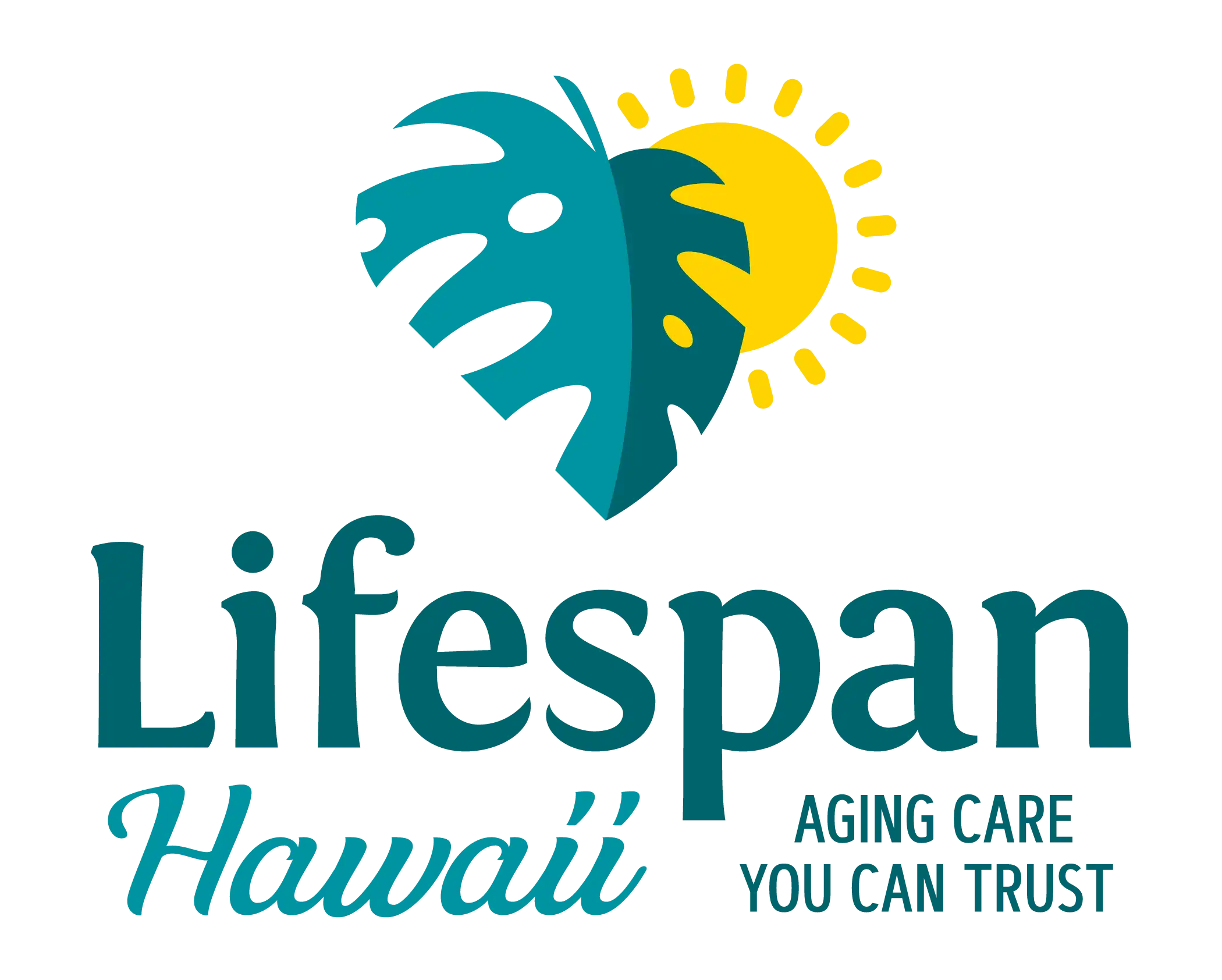Lane Downgraded to Tropical Storm; More Flooding in Store
 Lane is now a Tropical Storm, with maximum sustained winds of 70 mph.
Lane is now a Tropical Storm, with maximum sustained winds of 70 mph.
A Tropical Storm Warning is in effect for Big Island Interior, Big Island North and East, Big Island Summits, Central Oahu, Haleakala Summit, Kahoolawe, Kohala, Kona, Lanai Makai, Lanai Mauka, Leeward Haleakala, Maui Central Valley, Maui Leeward West, Maui Windward West, Molokai Leeward, Molokai Windward, Oahu Koolau, Oahu North Shore, Oahu South Shore, Olomana, South Big Island, Waianae Coast, Waianae Mountains, and Windward Haleakala
The Hurricane Warning has been cancelled and a Tropical Storm Warning has been issued for Central Oahu, Haleakala Summit, Kahoolawe, Lanai Makai, Lanai Mauka, Leeward Haleakala, Maui Central Valley, Maui Leeward West, Maui Windward West, Molokai Leeward, Molokai Windward, Oahu Koolau, Oahu North Shore, Oahu South Shore, Olomana, Waianae Coast, Waianae Mountains and Windward Haleakala
A Tropical Storm Watch is in effect for Kauai Leeward, Kauai Mountains, Kauai Windward and Niihau
As of 5 p.m., Tropical Storm Lane was located 150 miles south of Honolulu and 160 miles west of Kailua-Kona and is moving to the northwest at 3 mph.
This northwestward motion is expected through tonight, followed by a westward course Saturday with increasing forward speed. This path will take Lane away from the islands. Regardless of the storm’s track, life threatening impacts extends far beyond the center’s location. Do not focus on the exact forecast track or intensity of Lane.
Tropical storm conditions are already occurring on the Big Island, Maui County and O‘ahu, and will continue through tonight.
Tropical Storm conditions are possible on Kaua‘i County Saturday.
A slow moving rain band associated with Hurricane Lane continues to affect the island chain this evening. There is the possibility the band will linger over the islands through tonight. Heavy rains and flash flooding are still ongoing especially over the north and east parts of the Big Island, and windward Haleakala on Maui. Windward and interior Kaua‘i have been having some good showers move through, although not enough to warrant an advisory thus far. Showers have recently been increasing across O‘ahu and Moloka‘i.
The potential for excessive rainfall remains is high, which could lead to life threatening flash flooding, as well as land and mudslides. Flooding will be possible in areas that are typically not prone to flooding. Although Lane is weakening, it still has the potential to produce rain accumulations of 10 to 20 inches, with localized higher amounts. Over two feet of rain has already fallen at a few locations on the windward side of the Big Island.
Swells generated by Lane will produce large and life-threatening surf and dangerous rip currents along shores with a southern exposure of all Hawaiian Islands. A prolonged period of high surf will likely lead to significant coastal erosion.
A High Surf Advisory is in effect for the south facing shores of the smaller islands through tonight at 8 to 12 feet. A High Surf Advisory remains in effect for the east facing shores of all islands at 10 to 14 feet through Saturday.
The combination of storm surge and large breaking waves is expected to raise water levels above normal tide levels. This is expected to result in beach erosion and overwash onto vulnerable coastal roadways through Saturday, particularly for vulnerable low-lying coastal areas during and around the time of normal high tide cycles.
Tornadoes and large waterspouts are still possible with Lane, mainly along and to the right of the track of Lane.
POTENTIAL IMPACTS
WIND:
Potential impacts from the main wind event are now unfolding across the entire state of Hawai‘i. Remain well sheltered from dangerous wind having possible significant impacts.
These impacts include:
– Damage to porches, awnings, carports, sheds, and unanchored mobile homes. Unsecured lightweight objects blown about.
– Many large tree limbs broken off. A few trees snapped or uprooted, but with greater numbers in places where trees are shallow rooted. Some fences and roadway signs blown over.
– A few roads impassable from debris, particularly within urban or heavily wooded places. Hazardous driving conditions on bridges and other elevated roadways.
– Scattered power and communications outages.
SURGE
Potential impacts from the main surge event are now unfolding across
across southeast, south, and southwest facing coastlines.
These impacts include:
– Areas of inundation with storm surge flooding accentuated by waves. Damage to several buildings, mainly near the coast.
– Sections of near-shore escape routes and secondary roads become weakened or washed out, especially in usually vulnerable low spots.
– Major beach erosion with heavy surf breaching dunes. Strong and numerous rip currents.
– Moderate damage to marinas, docks, boardwalks, and piers. Several small craft broken away from moorings, especially in unprotected anchorages.
Elsewhere across the Hawaiian islands, little to no impact is anticipated.
FLOODING RAIN
Protect against life-threatening rainfall flooding having possible devastating impacts across the Hawaiian islands.
These impacts include:
– Extreme rainfall flooding may prompt numerous evacuations and rescues.
– Rivers and tributaries may overwhelmingly overflow their banks in many places with deep moving water. Small streams, creeks, canals, arroyos, and ditches may become raging rivers. In mountain areas, deadly runoff may rage down valleys while increasing susceptibility to rockslides and mudslides. Flood control systems and barriers may become stressed.
– Flood waters can enter numerous structures within multiple communities, some structures becoming uninhabitable or washed away. Numerous places where flood waters may cover escape routes. Streets and parking lots become rivers of raging water with underpasses submerged. Driving conditions become very dangerous. Numerous road and bridge closures with some weakened or washed out.
TORNADOES
Protect against a tornado event having possible limited impacts across the Hawaiian islands.
These impacts include:
– The occurrence of isolated tornadoes can hinder the execution of emergency plans during tropical events.
– A few places may experience tornado damage, along with power and communications disruptions.
– Locations could realize roofs peeled off buildings, chimneys toppled, mobile homes pushed off foundations or overturned, large tree tops and branches snapped off, shallow-rooted trees knocked over, moving vehicles blown off roads, and small boats pulled from moorings.
PRECAUTIONARY/PREPAREDNESS ACTIONS
EVACUATIONS
Listen to local official for recommended preparedness actions, including possible evacuation. If ordered to evacuate, do so immediately.
For those not under evacuation orders, assess the risk from wind, falling trees, and flooding at your location. If you decide to move, relocate to a safer location nearby. If you do not relocate, help keep roadways open for those under evacuation orders.
If evacuating, leave with a destination in mind and allow extra time to get there. Take your emergency supplies kit. Gas up your vehicle ahead of time.
Let others know where you are going prior to departure. Secure loose items and pets in the car, and avoid distracted driving.
If evacuating, follow designated evacuation routes. Seek traffic information on roadway signs, the radio, and from official sources.
Do not enter evacuated areas until officials have given the all clear to return.
OTHER PREPAREDNESS INFORMATION
Now is the time to stay inside and away from windows. Listen for updates and be ready in case you lose electrical power. Keep a battery-powered radio, charged cell phone and flashlight handy.
During the peak of the storm be ready to move quickly. Keep your shoes on and rain gear handy. Boots and athletic shoes offer the best foot protection if you become unexpectedly exposed to the weather.
Keep your cell phone charged and in power-saving mode. If you lose power, use it sparingly and mainly for personal emergencies and check-ins.
Do not venture outside while in the eye of a hurricane as any improvement in weather will only be temporary. Once the eye passes, conditions will become life threatening as winds immediately return to dangerous speeds, so remain safely sheltered from the storm.
Do not be a thrill seeker or risk your life for senseless photos or videos.
Quickly move to the safest place within your shelter if it begins to fail, preferably an interior room on the lowest floor as long as flooding is not a concern.
If you are prone to flooding or in an area under a storm surge watch or warning, be prepared for the possibility of a quick and dramatic rise in water levels.
If a tornado warning is issued for your area, quickly move to the safest place within your shelter. Protect your head and body.
ADDITIONAL SOURCES OF INFORMATION:
– For information on appropriate preparations see ready.gov
– For information on creating an emergency plan see getagameplan.org
– For additional disaster preparedness information see redcross.org
NEXT UPDATE
The next local statement will be issued by the National Weather Service in Honolulu HI around 11 p.m., or sooner if conditions warrant.












